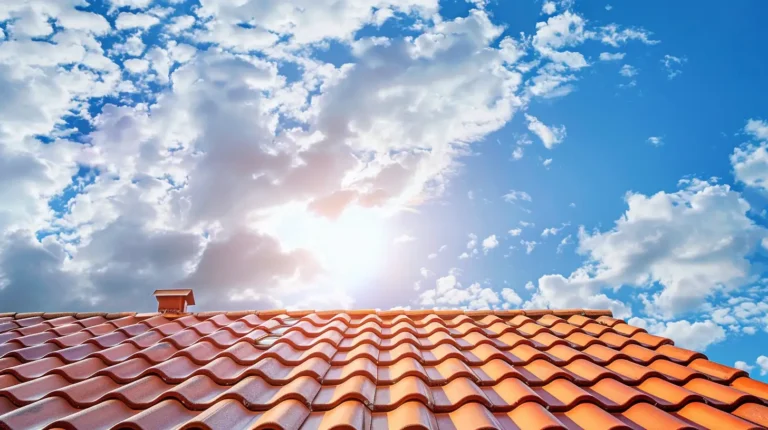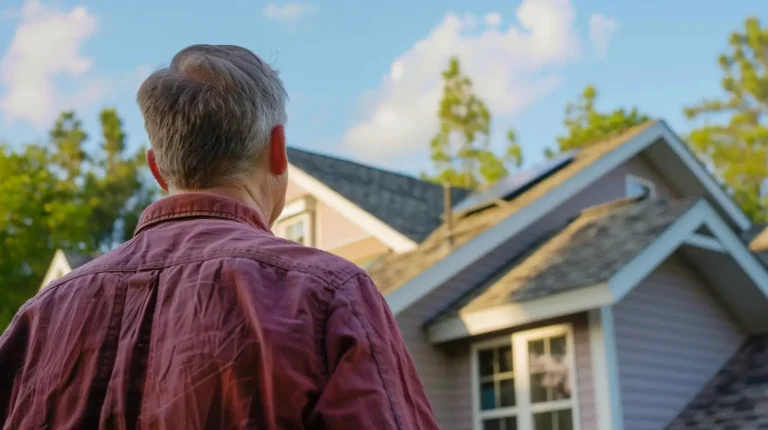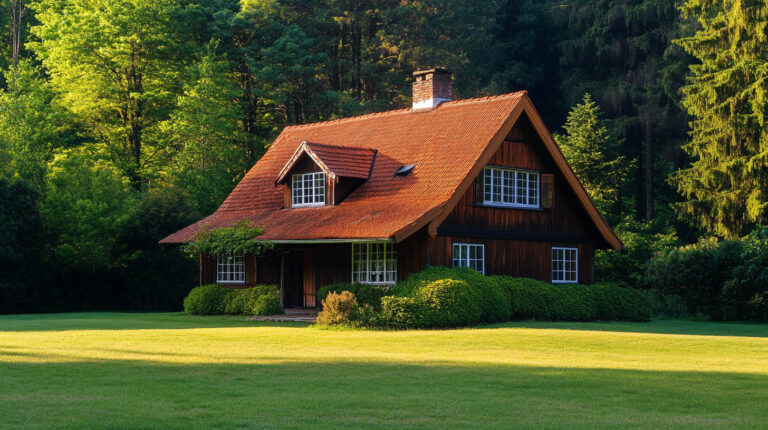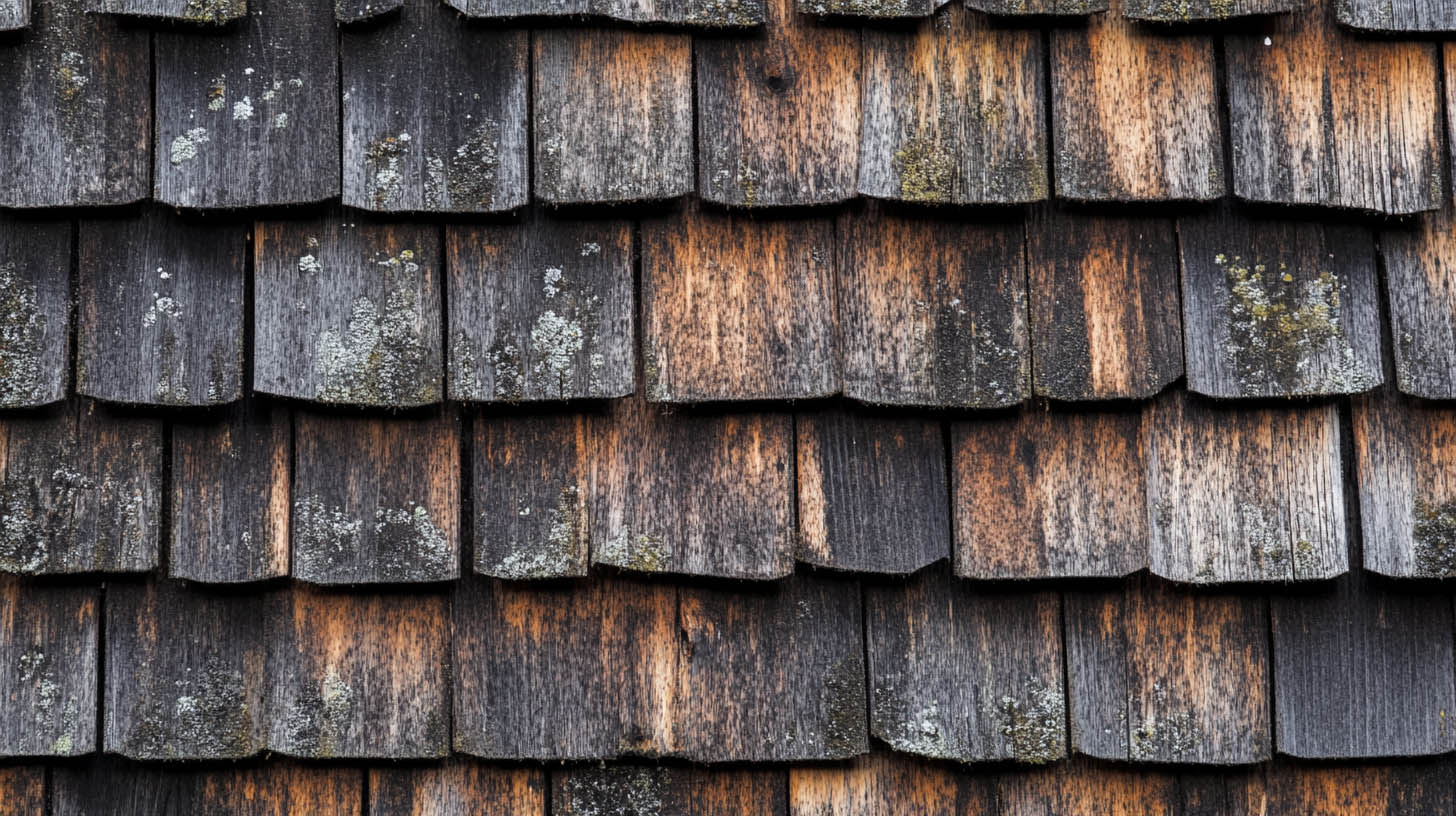
Blog
Why Multiple Layers of Shingles Can Be a Problem
Adding a second layer of shingles to a roof may seem like a cost-effective solution for repair, but it often leads to long-term issues. While it’s tempting to opt for this quick fix, it’s important to understand the potential drawbacks. At Avenue Roofing, we guide homeowners toward the best roofing practices to protect their investment and enhance their home’s longevity.
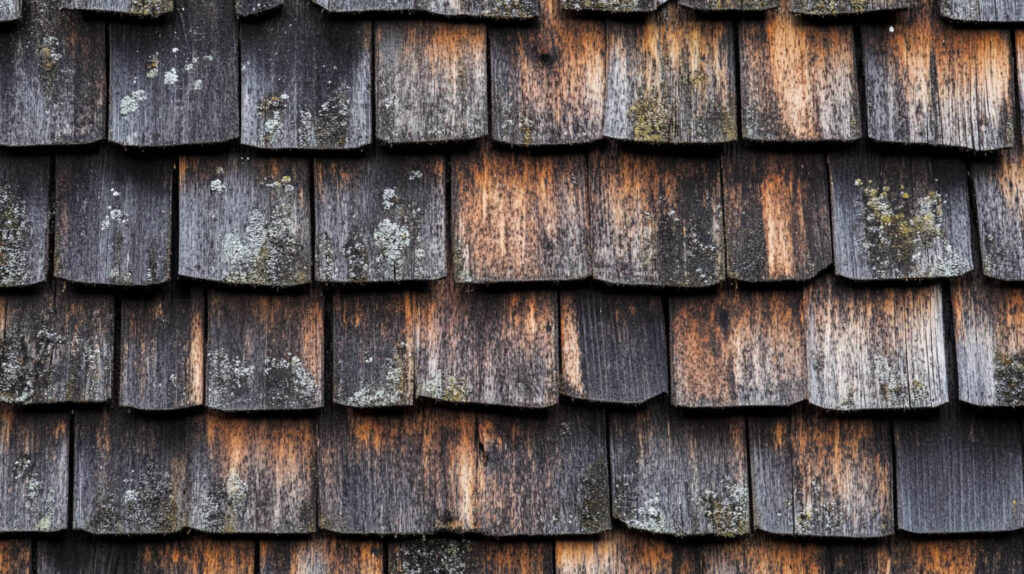
1. Reduced Curb Appeal
A second layer of shingles rarely lays as flat as the original, creating an uneven and less attractive appearance. Over time, existing shingles curve or warp, causing the new layer to inherit these imperfections. This diminishes curb appeal and may negatively affect property value.
2. Increased Risk of Mold and Algae Growth
Layering shingles traps moisture between the layers, creating a dark, damp environment ideal for mold and algae. This growth can spread, leading to:
- Structural deterioration.
- Health risks for occupants.
- Costly future repairs.
Fun Fact: Roofs with multiple layers are twice as likely to develop mold-related issues due to poor ventilation between layers.
3. Hidden Damage
Adding a second layer makes diagnosing roof problems more challenging. The top layer conceals potential issues in the original shingles, such as leaks or weak spots, leading to delayed detection and higher repair costs.
4. Reduced Lifespan
Multiple layers of shingles retain heat, accelerating wear and tear on both layers. This leads to:
- Faster material degradation.
- Increased vulnerability to leaks and weather damage.
- Shortened overall lifespan of the roof.
5. Excessive Weight
Shingles are heavy, and doubling them adds significant weight to your roof structure. Over time, this additional load can cause:
- Sagging roofs.
- Structural strain, especially in older homes.
- Risk of collapse in extreme cases.
6. Long-Term Costs
Although a second layer of shingles may seem like a cost-saving measure initially, it often leads to higher expenses. Removing two layers during future replacements involves additional labor and disposal costs, outweighing any initial savings.
FAQs
Q1: Is it legal to add a second layer of shingles?
A: In some regions, building codes prohibit additional layers due to safety concerns. Check with your local regulations.
Q2: Does adding a second layer improve insulation?
A: No, the additional layer often traps heat and moisture, which can worsen insulation performance.
Q3: How can I detect damage beneath a second layer of shingles?
A: A professional inspection may involve removing sections of the second layer to assess the underlying shingles.
Q4: Are there any benefits to a second layer of shingles?
A: While it may temporarily reduce costs, the long-term risks and expenses outweigh the benefits.
Q5: How do I know if my roof already has two layers of shingles?
A: Look for signs like uneven roof surfaces or ask a professional to inspect your roof for confirmation.
Conclusion
Adding multiple layers of shingles to your roof creates more problems than solutions, including hidden damage, structural strain, and increased costs. Opting for a complete replacement instead ensures long-term durability and functionality. Trust Avenue Roofing for expert guidance and high-quality solutions tailored to your roofing needs.
If you want to read a blog about why architectural shingles are the perfect choice for your roof, click here.
